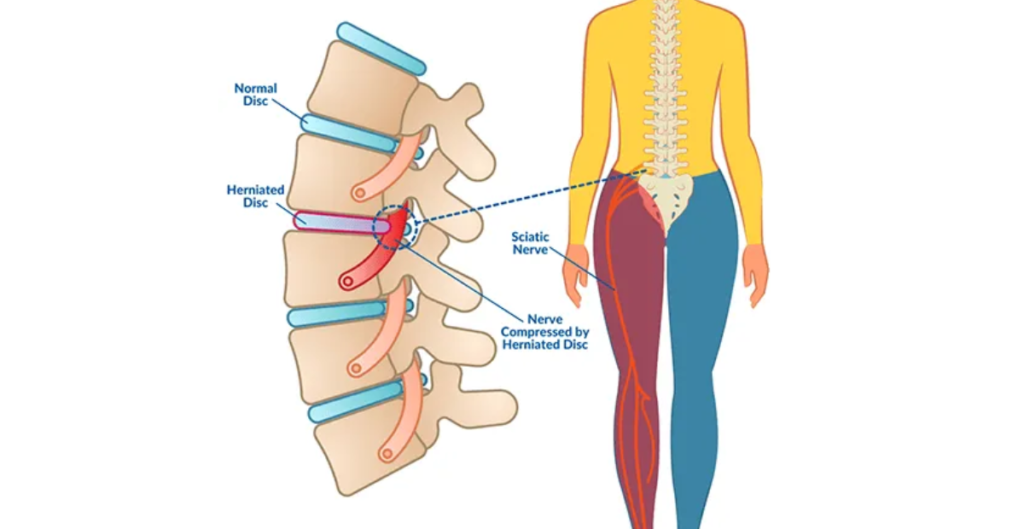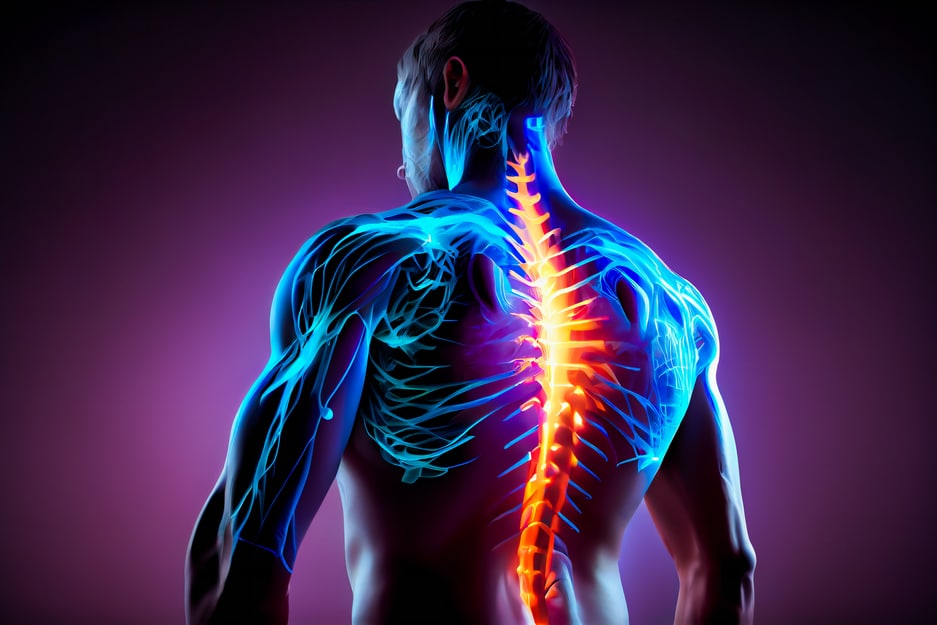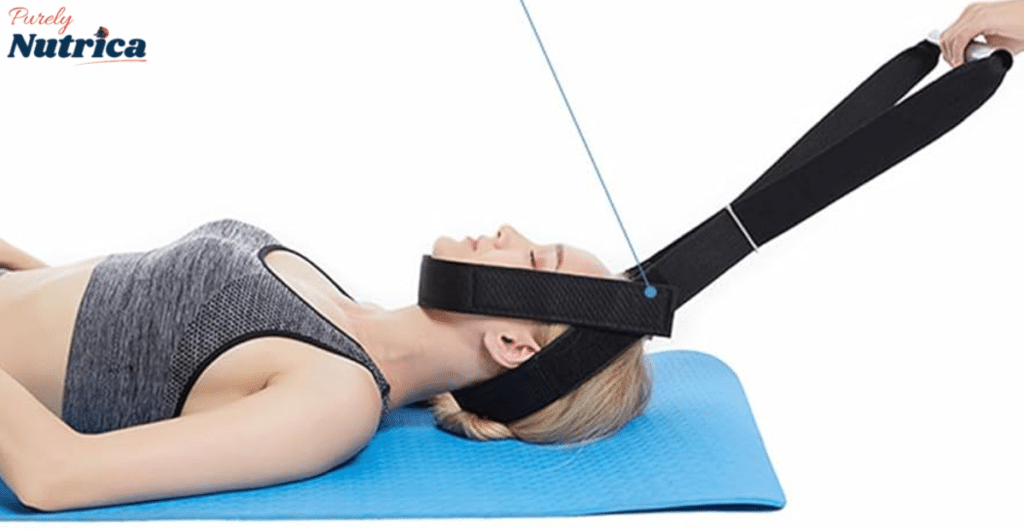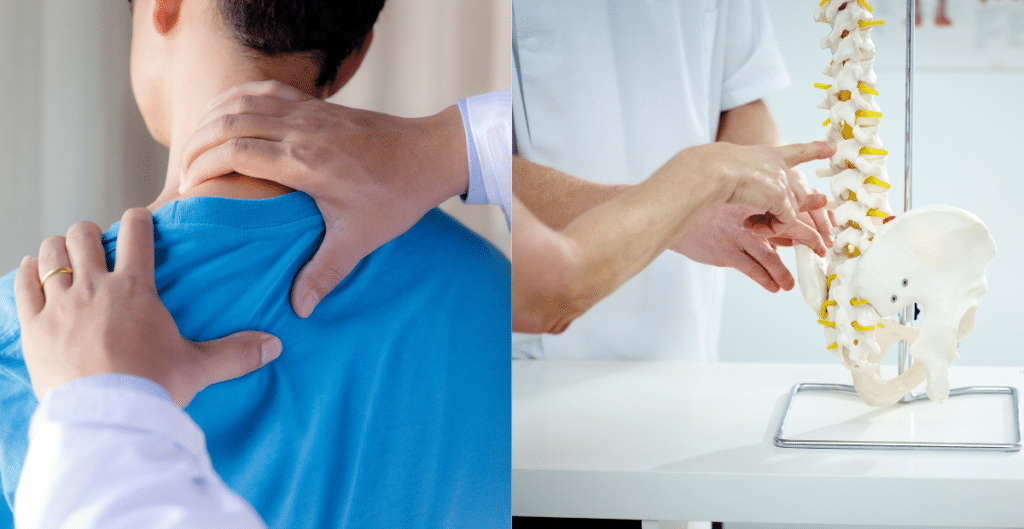Chiropractor Neck Pull: What You Need to Know
Cervical traction, which is often known as a chiropractic neck pull, is among the auxiliary techniques that chiropractors perform in order to manage disorders of the neck and upper back.
As the title suggests, this method involves controlled pulling of the neck, which relieves stress, improves the position of the spinal bones as well as one’s overall health. Chiropractors, including pediatric chiropractors, often use this technique in treating a variety of patients, from infants to adults. Hence, in this complete guide, we will address including but not limited to the chiropractor neck pull, its working principles, benefits, how the procedure would feel and all other relevant information in between.
What is a Chiropractor Neck Pull?
Chiropractors, including those specializing as scoliosis chiropractors, employ a technique that involves pulling the neck, referred to as a chiropractic neck pull. This refers to a skill that chiropractors are equipped to practice on the necks of their patients. Most widely referred to as cervical traction, this approach, for example, involves applying a gentle, non-invasive pull to the neck, for the purposes of stretching and helping to alleviate tension in the region of the enervated cervical vertebrae. It tends to focus on treatment of the spinal discs and the nerves surrounding them, correction of the spine’s posture, relieving discomfort and pain, etc.
Why Consider Cervical Traction in Chiropractic Care?
Cervical traction, for example, can be greatly advantageous for anyone who has complaints in connection with the neck region. This is accompanied with the intention of stretching the neck region as in:
- Relieve Pressure: Reduces the weight on the spinal discs and the nerves.
- Improve Alignment: Helps in spine correction and restoring the normal shape of the spine.
- Enhance Mobility: Helps in the movement of the neck and its easing off stiffness.
Whether it is chronic neck pain seeking cervical traction or when diagnosed with a herniated disc, or otherwise an enhancement of spinal health is to be sought, cervical traction may be the answer.
Different Methods of Chiropractic Neck Pull
Cervical traction is performed by chiropractors in various ways depending on the patient’s condition:
- Manual Traction: In this technique, the chiropractor puts a gentle pulling force to the neck with hands. The chiropractor exerts traction to a certain intensity that is modified to suit the patient’s comfort and reaction.
- Mechanical Traction: This is whereby a chiropractor uses purpose-built equipment or tables and applies cervical traction machines. These machines utilize a pulling force to the neck in a controlled manner.
- Home Traction Devices: Some patients may apply cervical traction at home with the approval of their chiropractor. The devices being made for self-use, helps in sustaining traction over the period in between treatments.
Conditions Treated with Chiropractic Neck Pull
Herniated Discs
A herniated disc is a medical condition where the nucleus of the disc bulges out through the annulus of the disc and can put pressure on adjacent nerves. This particular condition often causes cervical radiculopathy, which is pain and/or numbness and weakness of the neck and arms. Adjuncts to rehab therapy, such as the chiropractor neck pull, can help by:
- Decompressing the Disc: The cervical spine is stretched and the traction reduces the pressure in the herniated disc, thereby relieving the symptoms. This approach is especially helpful for patients seeing a joint chiropractor to address neck-related joint issues.
- Improving Spinal Alignment: Straightens any offsets created from the disc bulging out.

Degenerative Disc Disease
Degenerative disc disease is a condition where the discs of the spine slowly wear out which may cause pain, stiffness, loss of mobility and other complaints. The chiropractor neck pull may help by:
- Decompressing the Disc: Reduces the pressure on these affected discs by means of cervical traction, which also decompresses spinal discs whenever possible.
- Improving Quality of symptoms: Relieves pain and improves the ability to perform bodily motion without feelings of excessive tightness due to mobility limitations resulting from disc degeneration.

Image source: orthosportsmed
Cervical Spondylosis
Cervical spondylosis or degenerative osteoarthritis of the cervical spine usually develops later in life; it entails stiffness and discomfort often limiting movement. The chiropractor neck pull can:
- Eliminate Pain: Alleviates pressure acting on the spinal structures influenced by spondylosis.
- Enhance Function: Alleviates pain and increases the range of motion of the neck.

Source: OPO Ortho
Muscle Strain
One must always take various positions for varying periods of time in order to survive in the modern world. This can include waiting in queues, driving, sitting in meetings as well as working on a desktop computer. The chiropractor neck pull can assist by:
- Relaxing Tense Muscles: The gentle stretching involved in traction helps to reduce muscle tension.
- Promoting Healing: Helps the recovery process by decreasing the stress placed on the injured muscles.
Benefits of the Chiropractor Neck Pull
Some of the many advantages of the chiropractic care are discussed in detail, below:
Pain Relief with Chiropractor Neck Pull
Most remarkably amongst other benefits of the chiropractor neck pull is the relief that comes with it. Its purpose is to relieve tension on the spasmed areas and adjust their position. This relief can be particularly beneficial for patients who seek care from an infant chiropractor which is uncommon for early spinal development or alignment concerns:
- Radiculopathy: Also known as the radicular pain, it is a type of pain sore above the arm’s outer section that starts from the spine neck.
- Nerve Compression: That kind of pain with the occurrence of tingling and numbness due to pinched out nerves.
Improved Spinal Alignment Through Chiropractor Neck Pull
Chiropractors employ the neck pull technique in the treatment of cervical spine misalignment. Proper alignment of the spine is very important in sustaining the condition of the spine without any correctional procedures in the future. The processes include:
- Restoring Natural Curvature: Facilitates treatment and preservation of normal cervical spine curve.
- Preventing Future Issues: Avoids the chances of sustaining misalignments causing other spinal disorders.
Increased Range of Motion from Chiropractor Neck Pull
It’s possible for patients to experience improved flexibility and extension of the neck after regular chiropractor neck pull sessions. This is useful especially for those who have:
- Stiffness:Limitations in the degree and speed of neck movement.
- Difficulty Performing Daily Activities: Keeping necks mobile makes doing everyday activities such as driving easier.
Enhanced Muscle Relaxation with Chiropractor Neck Pull
Tension in neck muscles can be minimized due to the gentle stretching that is applied during cervical traction. This may be useful for the following individuals:
- Muscle Strain: Relief from tension and discomfort associated with strained muscles.
- Chronic Muscle Tension: Ongoing relaxation of muscles that may be contributing to neck pain.
What to Expect During a Chiropractor Neck Pull Session
There should be Realistic expectations during the chiropractor neck pull session.
Initial Assessment for Chiropractor Neck Pull
Before initiating the chiropractor neck pull, a thorough assessment is conducted to determine its suitability for your condition. This process typically includes:
- Medical History Review: The chiropractor reviews your medical history to identify any contraindications or conditions that may affect the treatment.
- Physical Examination: A physical examination is performed to assess the current state of your neck and spine.
- Imaging Studies: In some cases, imaging studies such as X-rays or MRIs may be required to evaluate the extent of spinal issues.
During the Chiropractor Neck Pull Procedure
- Positioning: You will be positioned on a chiropractic table or device specifically designed for cervical traction. The position is adjusted for optimal comfort and effectiveness.
- Application of Traction: The chiropractor or traction device applies a controlled pulling force to the neck. The amount of traction is carefully adjusted based on your comfort and therapeutic goals.
- Duration: Each session of chiropractor neck pull typically lasts between 10 to 20 minutes. The duration may vary based on your treatment plan and individual needs.
Post-Treatment Care Following Chiropractor Neck Pull
After a session of chiropractor neck pull, you may experience temporary soreness or discomfort. It’s important to follow any post-treatment care recommendations provided by your chiropractor, which may include:
- Rest: Allow time for your body to adjust and recover after the treatment.
- Stretching Exercises: Perform any recommended stretching or strengthening exercises to support the benefits of traction.
- Lifestyle Modifications: Implement any suggested changes in posture or ergonomics to prevent future issues.
Safety and Considerations for Chiropractor Neck Pull
Following are the safety related questions and considerations that arise in patient’s mind during chiropractic neck pull treatment:
Is Chiropractor Neck Pull Safe?
The chiropractor neck pull is generally considered safe when performed by a trained and experienced chiropractor. However, certain conditions may contraindicate the use of cervical traction, including:
- Severe Spinal Instability: Conditions that affect the stability of the cervical spine may require alternative treatments.
- Acute Injury: Recent trauma or injury to the neck may need to be addressed with other approaches.
What are the Possible Side Effects of Chiropractor Neck Pull?
While rare, some individuals may experience mild side effects following cervical traction. These may include:
- Temporary Soreness: Mild soreness in the neck or upper back that usually resolves on its own.
- Headaches: Occasionally, patients may experience headaches following traction, which typically subside within a short period.
When to Avoid Chiropractor Neck Pull?
Cervical traction may not be appropriate for individuals with certain conditions, including:
- Acute Spinal Injury: Severe injury to the cervical spine.
- Severe Osteoporosis: Fragile bones that may be at risk of fracture.
- Spinal Instability: Conditions that compromise the stability of the cervical spine.
Complementary Treatments with Chiropractor Neck Pull
The complementary treatments with chiropfractor neck pull are mentioned below:
Physical Therapy in Conjunction with Chiropractor Neck Pull
Physical therapy can complement the chiropractor neck pull by focusing on exercises and techniques to strengthen and stabilize the neck and upper back. Benefits include:
- Strengthening Exercises: Builds strength in the neck and upper back muscles to support overall spinal health.
- Posture Correction: Enhances posture and alignment to prevent future issues.
Massage Therapy with Chiropractor Neck Pull
Massage therapy can be a valuable cure to cervical traction. Benefits include:
- Muscle Relaxation: Helps to alleviate muscle tension and improve overall comfort.
- Improved Circulation: Enhances blood flow to support healing and recovery.
Posture Correction and Chiropractor Neck Pull
Maintaining good posture is crucial for supporting the benefits of the chiropractor neck pull. Strategies include:
- Ergonomic Adjustments: Implementing changes in your workspace or daily habits to support proper posture.
- Awareness: Developing awareness of posture and making adjustments to prevent future issues.
Patient Experiences and Case Studies with Chiropractor Neck Pull
Success Stories with Chiropractor Neck Pull
Many patients have reported significant improvements in neck pain and function following chiropractor neck pull. Success stories often highlight:
- Pain Relief: Reduction in neck pain and discomfort.
- Improved Mobility: Enhanced range of motion and flexibility.
Realistic Outcomes from Chiropractor Neck Pull
While the chiropractor neck pull can be highly effective, outcomes can vary. Factors influencing results include:
- Condition Severity: The extent of the condition being treated can affect the degree of improvement.
- Treatment Adherence: Following the chiropractor’s treatment plan and recommendations is essential for achieving optimal results.
Tips for Maximizing the Benefits of Chiropractor Neck Pull
For maximizing the benefits of chiropractor neck pull,here are some useful tips:
Follow the Treatment Plan for Chiropractor Neck Pull
Adhering to the chiropractor’s treatment plan is crucial for maximizing the benefits of cervical traction. This includes,
- Attending All Sessions: Regular attendance at scheduled sessions is important for achieving desired outcomes.
- Performing Recommended Exercises: Engaging in any prescribed exercises or stretches to support the traction.
Maintain Good Posture
Practicing good posture and ergonomics can enhance the effectiveness of the chiropractor neck pull. Tips include:
- Ergonomic Workstation: Adjusting your workstation to support proper posture.
- Posture Awareness: Being mindful of your posture throughout the day.
Incorporate Self-Care Practices
Engaging in self-care practices can support the benefits of cervical traction. Consider:
- Stretching: Incorporating regular stretching to improve flexibility and reduce muscle tension.
- Hydration and Nutrition: Maintaining proper hydration and a balanced diet to support overall health.
Conclusion
A useful method for addressing conditions affecting the neck and discomfort in that specific region is the chiropractor neck pull, also known as cervical traction. Cervical traction helps reduce pain, straighten the spine, improve mobility, and relax the muscles by progressively stretching the cervical spine. While it may not work for everyone, many people find success with it. If a chiropractor neck pull is part of your treatment plan, make sure you see a chiropractor who can assist create a customized plan for you and advise you on whether or not it will work for you.



